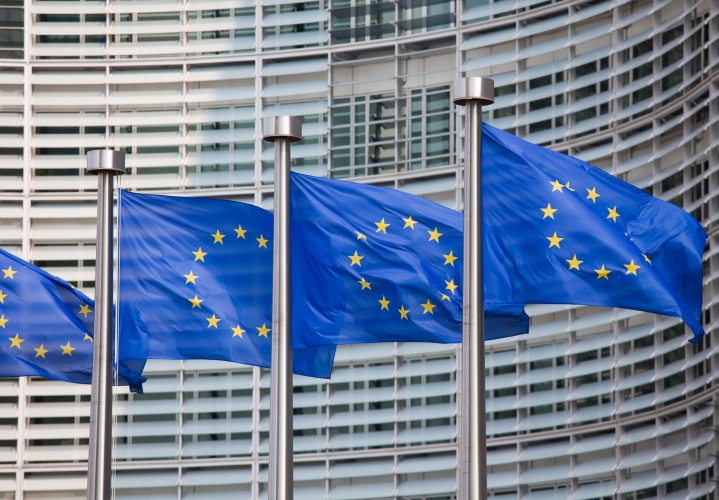Although much uncertainty still remains, the process of shaping the post-Brexit IP landscape is under way. In this article, we explore some of the main issues and likely outcomes for EU right holders.
The Big Break
Following the triggering of Article 50, the UK and remaining EU Member States have until 29 March 2019 to come to an agreement as to UK’s future political and economic relationship with the EU. Given the substantial harmonization of EU IP law, the potential implications of this break from the EU are significant.
Under the UK Government’s ‘Great Repeal Bill’, all existing EU law will be converted into UK domestic law, and the UK legislature can then decide going forward which elements of these existing laws to keep or discard. In accordance with the UK Government’s wish to “maximise legal certainty at the point of departure” historic CJEU case law as at Brexit will have the same precedent status as UK Supreme Court case law.
Unitary Patents and The UPC
Following the UK Government’s announcement of its intention to ratify the Unified Patent Court Agreement, the expectation is that the UK will initially go forward into the UPC project as a fully participating member. The new court and the availability of Unitary Patents are currently scheduled to go live in December 2017. However, UK ratification now faces delay as a result of the UK general election, and this may well delay the UPC timetable too.
As the UPC is not an EU institution and is independent of EU membership, good arguments have been made by a number of commentators that participation by the UK post Brexit would be possible under UK and EU constitutional law and that the UK would equally be able to continue to participate in the Unitary Patent regime post Brexit. This would, however, be subject to a number of changes being agreed to the arrangements and to the UK submitting to the jurisdiction of the CJEU as regards proceedings before the new court. Even if legal difficulties can be overcome, the practical and political hurdles are substantial. If the UPC project goes ahead without the UK, UK businesses will, of course, still be able to participate in respect of their patents in other EU Member States.
Although the UPC has generally been welcomed by industry, the advent of the new court and unitary patent involves uncertainties for patentees. Whereas the new system may bring powerful advantages in terms of streamlining multi-jurisdictional patent litigation in Europe and the availability of pan-European remedies, it also brings the inevitable teething problems of a new system bedding down and the specific risk of central revocation.
It should be noted that, in addition to the new unitary patents, existing country-specific European patents in participating Member States will in principle also automatically become subject to the jurisdiction of the new court on go-live day. There will, however, be a transitional period during which patentees may choose to opt some or all of their patents out of the court’s jurisdiction, so as to remain with the national courts. The ‘sunrise period’ for opting-out pre-launch is currently scheduled to begin in September 2017, three months before the court’s go-live date.
Trademarks
The current expectation is that EU Trade Marks (EUTMs) will cease to cover the UK as from Brexit day, and that the UK ‘part’ of existing EUTMs will convert to UK national rights with equivalent priority. The UK Intellectual Property Office is already in discussion with IP practitioners and others about the mechanism for achieving this. Issues include whether there will be an additional opposition period and how pending applications for EUTMs before the EU IPO will be dealt with. In view of such uncertainties, some trade mark owners are already applying for parallel national UK trade marks for key brands, whilst other are adopting a ‘wait and see’ approach.
Of concern to EUTM holders whose use of an EUTM is currently predominantly in the UK is that, after the UK ‘part’ has been split off, their use of the mark in other EU member states may not be sufficient to maintain the validity of the EUTM. Similarly, whereas at present a UK national trade mark may block registration of a conflicting EUTM by a competitor, this will no longer be the case after Brexit.
Community Design Rights
As with EUTMs, the expectation is that holders of Community Registered Designs (rCDRs) will be able to convert the UK ‘part’ of their rCDR to a form of UK registered design right, preserving the priority of their rCDR. The precise mechanism for this remains under discussion.
It is assumed that unregistered Community design right (uCDR) will continue to be available to both EU and non-EU businesses in respect of the remaining EU Member States, provided first publication of the design is within the EU. Although UK unregistered design right also exists in parallel to the uCDR, this only covers 3D designs and excludes surface decoration, so that significant aesthetic aspects of designs are not covered by the UK right, potentially leaving a gap in UK unregistered design right protection after Brexit. Again, discussions are ongoing about how this will be handled.
Conclusion
As can be seen from the above discussion, Brexit raises some immediate, specific issues for rights holders, particularly in relation to single, unitary European IP rights (EUTM and CDRs), and the UK’s future involvement in the UPC.
So far as UK national rights are concerned, however, IP laws and their interpretation are likely to continue much as before, at least initially. What will happen later, and particularly the extent to which UK IP laws may begin to diverge in future still remains a question for crystal ball gazing.

 Charlotte Tillett
Charlotte Tillett